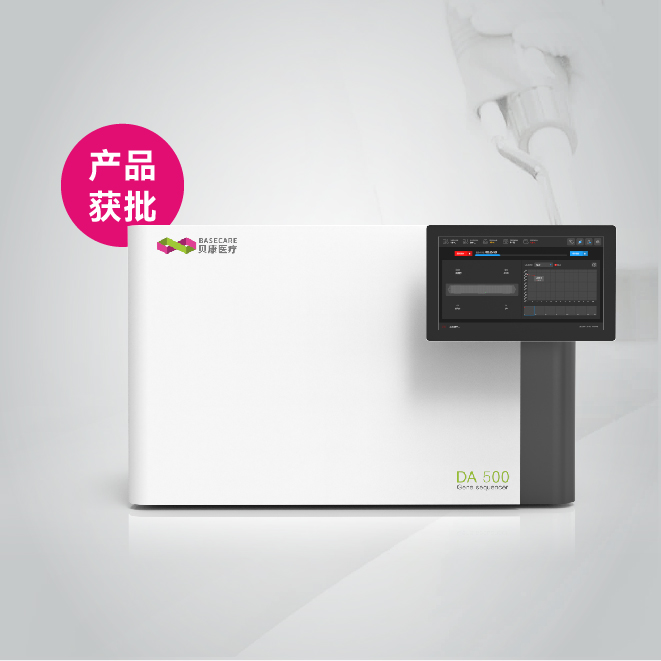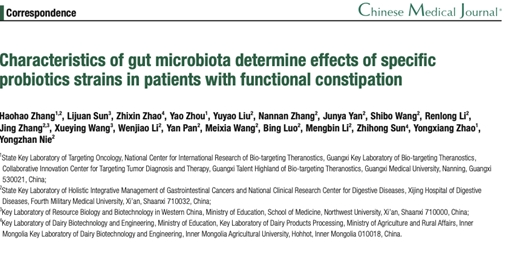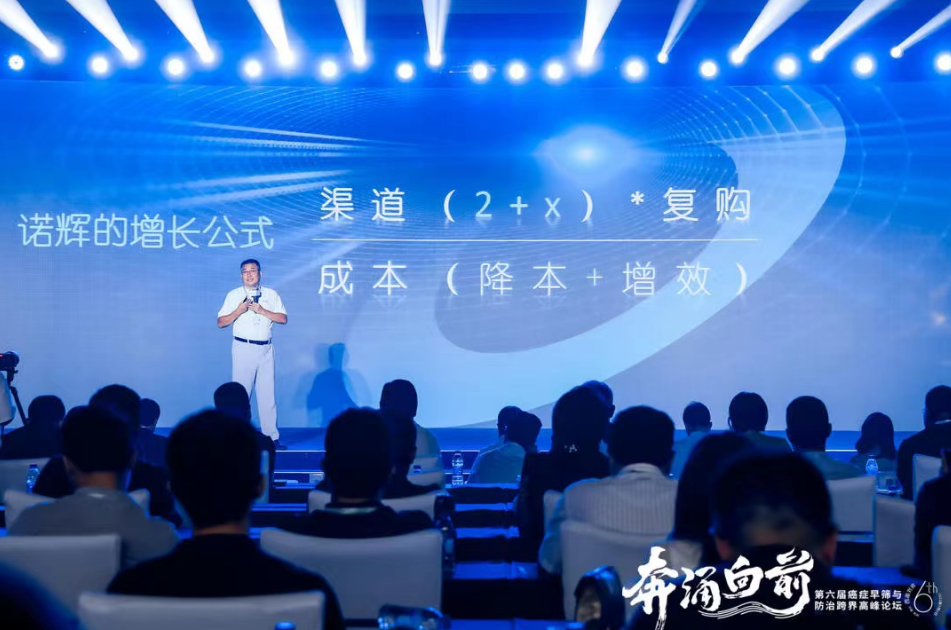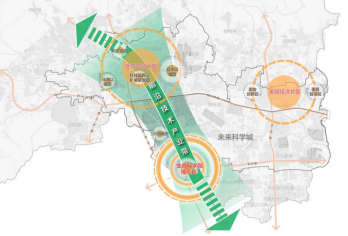Marisa L. Wong and Juan F. Medrano
Real-time PCR has become one of the most widely used methods of gene quantitation because it has a large dynamic range, boasts tremendous sensitivity, can be highly sequence-specific, has little to no post-amplification processing, and is amenable to increasing sample throughput. However, optimal benefit from these advantages requires a clear understanding of the many options available for running a real-time PCR experiment. Starting with the theory behind real-time PCR, this review discusses the key components of a real-time PCR experiment, including one-step or two-step PCR, absolute versus relative quantitation, mathematical models available for relative quantitation and amplification efficiency calculations, types of normalization or data correction, and detection chemistries. In addition, the many causes of variation as well as methods to calculate intra- and inter-assay variation are addressed.
INTRODUCTION
The advent of real-time PCR and real-time reverse transcription PCR (real-time RT-PCR) has dramatically changed the field of measuring gene expression. Real-time PCR is the technique of collecting data throughout the PCR process as it occurs, thus combining amplification and detection into a single step. This is achieved using a variety of different fluorescent chemistries that correlate PCR product concentration to fluorescence intensity (1). Reactions are characterized by the point in time (or PCR cycle) where the target amplification is first detected. This value is usually referred to as cycle threshold (Ct), the time at which fluorescence intensity is greater than background fluorescence. Consequently, the greater the quantity of target DNA in the starting material, the faster a significant increase in fluorescent signal will appear, yielding a lower Ct (2).
There are many benefits of using real-time PCR over other methods to quantify gene expression. It can produce quantitative data with an accurate dynamic range of 7 to 8 log orders of magnitude (3) and does not require post-amplification manipulation.
Real-time PCR assays are 10,000- to 100,000-fold more sensitive than RNase protection assays (4), 1000-fold more sensitive than dot blot hybridization (5), and can even detect a single copy of a specific transcript (6). In addition, real-time PCR assays can reliably detect gene expression differences as small as 23% between samples (7) and have lower coefficients of variation (cv; SYBR® Green at 14.2%; TaqMan® at 24%) than end point assays such as band densitometry (44.9%) and probe hybridization (45.1%) (8). Real-time PCR can also discriminate between messenger RNAs (mRNAs) with almost identical sequences, requires much less RNA template than other methods of gene expression analysis, and can be relatively high-throughput given the proper equipment. The major disadvantage to real-time PCR is that it requires expensive equipment and reagents. In addition, due to its extremely high sensitivity, sound experimental design and an in-depth understanding of normalization techniques are imperative for accurate conclusions.
The general steps performed during a real-time PCR experiment, from RNA isolation to data analysis, are outlined in Figure 1. This review is intended to provide an overview of the many facets of real-time PCR, highlighting PCR theory, quantification methods and models, data normalization, types of detection chemistry, and causes of variation.
THEORY OF REAL-TIME PCR
PCR can be broken into four major phases (Figure 2): the linear ground phase, early exponential phase, log-linear (also known as exponential) phase, and plateau phase (9). During the linear ground phase (usually the first 10–15 cycles), PCR is just beginning, and fluorescence emission at each cycle has not yet risen above background. Baseline fluorescence is calculated at this time. At the early exponential phase, the amount of fluorescence has reached a threshold where it is significantly higher (usually 10 times the standard deviation of the baseline) than background levels. The cycle at which this occurs is known as Ct in ABI Prism® literature (Applied Biosystems, Foster City, CA, USA) or crossing point (CP) in LightCycler® literature (Roche Applied Science, Indianapolis, IN, USA) (2,10). This value is representative of the starting copy number in the original template and is used to calculate experimental results (2). During the log-linear phase,PCR reaches its optimal amplification period with the PCR product doubling after every cycle in ideal reaction conditions. Finally, the plateau stage is reached when reaction components become limited and the fluorescence intensity is no longer useful for data calculation (11).
One-Step Versus Two-Step Real-Time PCR
When quantifying mRNA, real-time PCR can be performed as either a one-step reaction, where the entire reaction from cDNA synthesis to PCR amplification is performed in a single tube, or as a two-step reaction, where reverse transcription and PCR amplification occur in separate tubes. There are several pros and cons associated with each method. One-step real-time PCR is thought to minimize experimental variation because both enzymatic reactions occur in a single tube. However, this method uses an RNA starting template, which is prone to rapid degradation if not handled properly. Therefore, a one-step reaction may not be suitable in situations where the same sample is assayed on several occasions over a period of time. One-step protocols are also reportedly less sensitive than two-step protocols (12).
Marisa L. Wong and Juan F. Medrano
Real-time PCR has become one of the most widely used methods of gene quantitation because it has a large dynamic range, boasts tremendous sensitivity, can be highly sequence-specific, has little to no post-amplification processing, and is amenable to increasing sample throughput. However, optimal benefit from these advantages requires a clear understanding of the many options available for running a real-time PCR experiment. Starting with the theory behind real-time PCR, this review discusses the key components of a real-time PCR experiment, including one-step or two-step PCR, absolute versus relative quantitation, mathematical models available for relative quantitation and amplification efficiency calculations, types of normalization or data correction, and detection chemistries. In addition, the many causes of variation as well as methods to calculate intra- and inter-assay variation are addressed.
INTRODUCTION
The advent of real-time PCR and real-time reverse transcription PCR (real-time RT-PCR) has dramatically changed the field of measuring gene expression. Real-time PCR is the technique of collecting data throughout the PCR process as it occurs, thus combining amplification and detection into a single step. This is achieved using a variety of different fluorescent chemistries that correlate PCR product concentration to fluorescence intensity (1). Reactions are characterized by the point in time (or PCR cycle) where the target amplification is first detected. This value is usually referred to as cycle threshold (Ct), the time at which fluorescence intensity is greater than background fluorescence. Consequently, the greater the quantity of target DNA in the starting material, the faster a significant increase in fluorescent signal will appear, yielding a lower Ct (2).
There are many benefits of using real-time PCR over other methods to quantify gene expression. It can produce quantitative data with an accurate dynamic range of 7 to 8 log orders of magnitude (3) and does not require post-amplification manipulation.
Real-time PCR assays are 10,000- to 100,000-fold more sensitive than RNase protection assays (4), 1000-fold more sensitive than dot blot hybridization (5), and can even detect a single copy of a specific transcript (6). In addition, real-time PCR assays can reliably detect gene expression differences as small as 23% between samples (7) and have lower coefficients of variation (cv; SYBR® Green at 14.2%; TaqMan® at 24%) than end point assays such as band densitometry (44.9%) and probe hybridization (45.1%) (8). Real-time PCR can also discriminate between messenger RNAs (mRNAs) with almost identical sequences, requires much less RNA template than other methods of gene expression analysis, and can be relatively high-throughput given the proper equipment. The major disadvantage to real-time PCR is that it requires expensive equipment and reagents. In addition, due to its extremely high sensitivity, sound experimental design and an in-depth understanding of normalization techniques are imperative for accurate conclusions.
The general steps performed during a real-time PCR experiment, from RNA isolation to data analysis, are outlined in Figure 1. This review is intended to provide an overview of the many facets of real-time PCR, highlighting PCR theory, quantification methods and models, data normalization, types of detection chemistry, and causes of variation.
THEORY OF REAL-TIME PCR
PCR can be broken into four major phases (Figure 2): the linear ground phase, early exponential phase, log-linear (also known as exponential) phase, and plateau phase (9). During the linear ground phase (usually the first 10–15 cycles), PCR is just beginning, and fluorescence emission at each cycle has not yet risen above background. Baseline fluorescence is calculated at this time. At the early exponential phase, the amount of fluorescence has reached a threshold where it is significantly higher (usually 10 times the standard deviation of the baseline) than background levels. The cycle at which this occurs is known as Ct in ABI Prism® literature (Applied Biosystems, Foster City, CA, USA) or crossing point (CP) in LightCycler® literature (Roche Applied Science, Indianapolis, IN, USA) (2,10). This value is representative of the starting copy number in the original template and is used to calculate experimental results (2). During the log-linear phase,PCR reaches its optimal amplification period with the PCR product doubling after every cycle in ideal reaction conditions. Finally, the plateau stage is reached when reaction components become limited and the fluorescence intensity is no longer useful for data calculation (11).
One-Step Versus Two-Step Real-Time PCR
When quantifying mRNA, real-time PCR can be performed as either a one-step reaction, where the entire reaction from cDNA synthesis to PCR amplification is performed in a single tube, or as a two-step reaction, where reverse transcription and PCR amplification occur in separate tubes. There are several pros and cons associated with each method. One-step real-time PCR is thought to minimize experimental variation because both enzymatic reactions occur in a single tube. However, this method uses an RNA starting template, which is prone to rapid degradation if not handled properly. Therefore, a one-step reaction may not be suitable in situations where the same sample is assayed on several occasions over a period of time. One-step protocols are also reportedly less sensitive than two-step protocols (12).
Figure 1. Steps performed when measuring gene expression using real-time PCR. RNA is first isolated and characterized for quantity and integrity. If performing a one-step reaction, RNA is used as a template for the real-time PCR assay, and reverse transcription occurs during the assay.During a two-step reaction, cDNA is first synthesized and then used as a PCR template. The steps performed on the real-time PCR machine are shown in blue, the time during which raw fluorescence data are collected, adjusted, and manipulated to generate the output data used for analysis. For normalizing results with multiple housekeeping genes, a normalization factor must be calculated for each individual sample. Dividing the fluorescent data by its normalization factor produces the normalized data, which is followed by statistical analysis.
Two-step real-time PCR separates the reverse transcription reaction from the real-time PCR assay, allowing several different real-time PCR assays on dilutions of a single cDNA. Because the process of reverse transcription is notorious for its highly variable reaction efficiency (13), using dilutions from the same cDNA template ensures that reactions from subsequent assays have the same amount of template as those assayed earlier. Data from two-step real-time PCR is quite reproducible with Pearson correlation coefficients ranging from 0.974 to 0.988 (14). A two-step protocol may be preferred when using a DNA binding dye (such as SYBR Green I) because it is easier to eliminate primer-dimers through the manipulation of melting temperatures (Tms) (14). However, two-step protocols allow for increased opportunities of DNA contamination in real-time PCR.
TYPES OF REAL-TIME QUANTIFICATION
Absolute Quantitation
Absolute quantitation uses serially diluted standards of known concentrations
to generate a standard curve. The standard curve produces a linear relationship between Ct and initial amounts of total RNA or cDNA, allowing the determination of the concentration of unknowns based on their Ct values (2). This method assumes all standards and samples have approximately equal amplification
efficiencies (15). In addition, the concentration of serial dilutions should encompass the levels in the experimental samples and stay within the range of accurately quantifiable and detectable levels specific for both the real-time PCR machine and assay.
The PCR standard is a fragment of double-stranded DNA (dsDNA), single-stranded DNA (ssDNA), or cRNA bearing the target sequence. A simple protocol for constructing a cRNA standard for one-step PCR can be found in Fronhoffs et al. (16), while a DNA standard for two-step real-time PCR can be synthesized by cloning the target sequence into a plasmid (17),
Table 1. Characteristics of Relative Quantitation Methods







